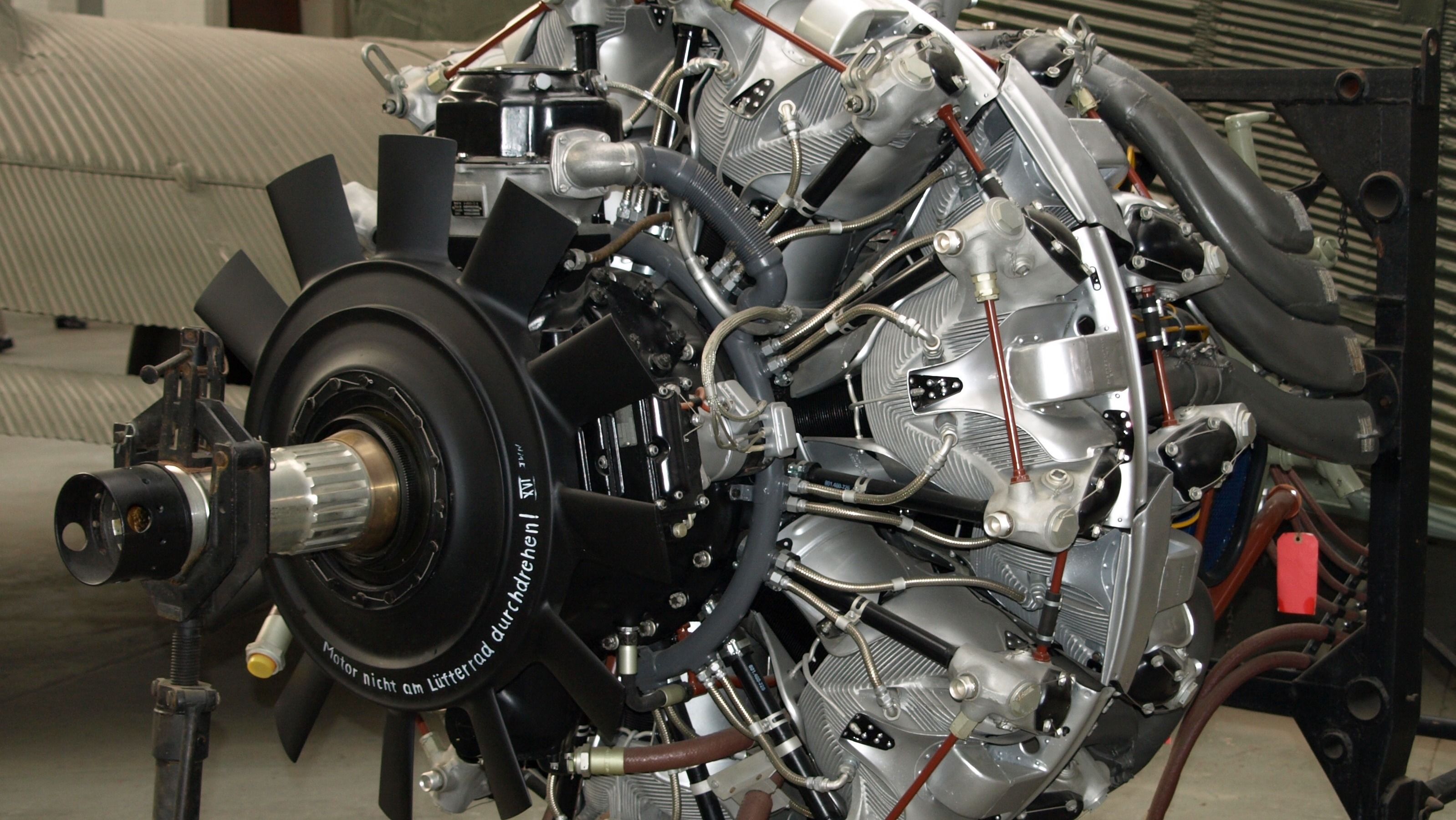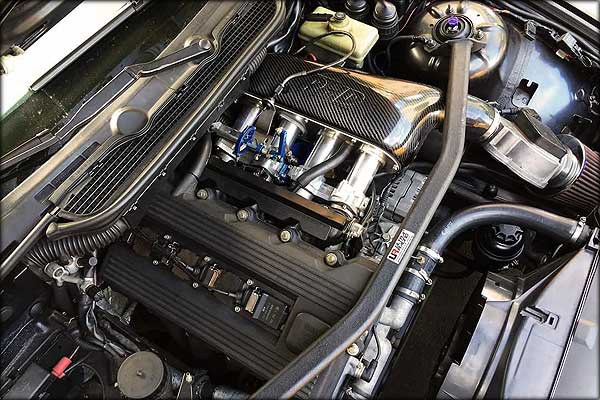Introducing the Keys Behind the Power of the BMW Engine
Checking Out the Development of Combustion Engines in Modern Transportation Equipments
As we navigate the landscape of contemporary transportation, the development of combustion engines stands as a testimony to human resourcefulness and engineering expertise. The interplay of background, modern technology, and environmental concerns in forming the trajectory of burning engines produces a story that is both informative and engaging.
Very Early Beginnings of Combustion Engines
How did the idea of burning engines very first arise in the onset of transportation development? The origins of combustion engines can be mapped back to the 17th century when the concepts of inner burning were first checked out. In 1673, Christian Huygens conceived a fundamental interior combustion engine that made use of gunpowder to generate power. It had not been until the late 19th century that useful applications of burning engines in transportation started to arise.
The advancement moment included the development of the initial successful gasoline-powered engine by Karl Benz in 1885 - bmw engine. This engine paved the way for the growth of the modern car, revolutionizing transport systems worldwide. Succeeding developments by Nikolaus Otto and Gottlieb Daimler further fine-tuned burning engine technology, bring about the automation of automobiles and the fast growth of the transport sector
These early burning engines were defined by their simplicity and performance, laying the structure for the complicated and effective engines utilized in modern-day transportation systems. The advancement of burning engines has contributed in forming the means we take a trip and transport goods, marking a considerable turning point in the background of transport development.
Transition to Internal Burning Innovation
The shift to interior burning innovation noted a pivotal change in the development of transportation systems. This change began in the late 19th century, with developers like Nikolaus Otto and Gottlieb Daimler creating the first effective inner combustion engines. These engines reinvented transport by using a much more effective and reliable option to vapor engines and electric motors.
One of the key benefits of internal burning engines was their capacity to be scaled down to match vehicles, causing the development of motorbikes and autos. This change from large, stationary engines to small, mobile ones paved the means for the modern transportation systems we see today.
The transition to inner combustion modern technology additionally spurred improvements in fuel modern technology, resulting in the development of gas and diesel as key fuel resources for vehicles. This change not only made transport a lot more obtainable to the masses yet also laid the structure for the oil and gas market to become integral to global economic situations.
Influence of Combustion Engines on Transportation
The fostering of burning engines in transport systems catalyzed an extensive shift in the efficiency and rate of worldwide movement. Combustion engines changed transport by providing a dependable and flexible source of power for various automobiles, consisting of vehicles, planes, trucks, and ships. This development considerably improved the ability for items and people to conform cross countries in shorter time frameworks, bring about enhanced connection between regions and nations.
Additionally, the prevalent usage of burning engines has actually had a considerable influence on financial growth. The ability to transfer goods effectively has stimulated trade and commerce, permitting companies to expand their markets and get to consumers worldwide. This has actually facilitated economic growth and globalization, as items can currently be transferred faster and in bigger quantities than ever.
Nonetheless, the ecological effect of burning engines can not be neglected. The burning of nonrenewable fuel sources has actually caused air pollution and greenhouse gas discharges, contributing to environment adjustment and posing health and wellness dangers to populations. bmw engine. Because of this, there is an expanding emphasis on establishing alternative this propulsion technologies to minimize these adverse effects and produce a much more sustainable future for transport
Developments in Burning Engine Style
One remarkable innovation is the growth of turbocharged engines, which use exhaust gases to drive a turbine that presses inbound air, permitting for more fuel to be scorched, resulting in raised power outcome without a significant boost in engine size. Variable valve timing systems have actually also transformed engine design by optimizing air flow at various engine rates, improving both power and efficiency. These technologies jointly contribute to the constant improvement of combustion engines in contemporary transport systems.
Future Fads in Combustion Engine Growth
With modern technology innovations driving continuous advancement, the future of combustion engine development is poised to change transport systems around the world. One of the vital patterns in burning engine development is the press towards higher efficiency and minimized discharges.
Another prominent fad is the adoption of crossbreed innovations in burning engines. Hybrid engines incorporate standard burning modern technology with electrical power, using improved gas performance and lower emissions. As the automobile sector changes towards electrification, crossbreed combustion engines are viewed as a transitional solution that bridges the space between traditional lorries and totally electric ones.
Moreover, the assimilation of smart technologies, such as artificial knowledge and data analytics, is expected to play a considerable function in the future of combustion engine development. These technologies can maximize engine efficiency in real-time, leading to more reliable combustion procedures and enhanced total vehicle performance. Accepting these future fads will certainly not just drive technology in combustion engine advancement yet also add to an extra eco friendly and lasting transportation ecological community.

Conclusion
In conclusion, the development of burning engines in modern transportation systems has actually been noted by considerable advancements in technology and style. From the early beginnings of combustion engines to the transition to interior burning technology, these engines have had an extensive influence on transportation.
The origins of burning engines can be traced back to the 17th century when the concepts of interior combustion were very first checked out. These engines revolutionized transportation by providing a much more efficient and powerful choice to steam engines useful link and electrical motors.
